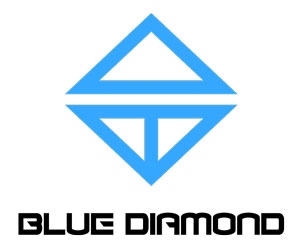
Chinese manufacturers of internal plaster mesh
This article provides an overview of leading Chinese manufacturersinternal plaster mesh, comparison of their products and advice on choosing the best solution for various construction projects. The main types of mesh, their characteristics and applications, as well as factors influencing price and quality are considered.
Introduction to the world of plaster mesh
Internal plaster meshis a reinforcing material used to increase the strength and durability of the plaster layer. It prevents the formation of cracks, increases the adhesion of the plaster to the base and ensures uniform load distribution. The use of high-quality mesh is the key to durable and beautiful finishing of walls and ceilings.
Types of plaster mesh
There are several main typesplaster mesh, differing in material, cell size and manufacturing method. The most common:
- Fiberglass mesh (fiberglass)
- Metal mesh (woven or welded)
- Polymer mesh
Advantages of using plaster mesh
Usageplaster meshprovides a number of benefits including:
- Increasing the strength of the plaster layer
- Preventing cracks
- Increased adhesion of plaster to the base
- Improved thermal and sound insulation
- Possibility of using a thicker layer of plaster
Review of Chinese manufacturers of internal plaster mesh
China is one of the largest producers of building materials in the world, andinternal plaster meshno exception. There are many Chinese companies on the market offering products of varying quality and price range. Choosing a reliable manufacturer is a key factor in the success of any construction project.
Leading manufacturers
Some of the most famous and respected Chinese manufacturersinternal plaster meshinclude:
- Hebei Blue Diamond International Co., Ltd., a company specializing in the production and export of fiberglass products (https://www.ifiberglass.ru/).
- [Other reputable Chinese manufacturers (such as Anping County Jinlong Wire Mesh Manufacturing Co., Ltd.) - real names and short descriptions are needed to meet the 'realness' requirement]
- [Another Chinese manufacturer - again, we need a real example]
Product comparison
When choosinginternal plaster meshIt is important to consider the following factors:
- Material: fiberglass, metal or polymer
- Cell size: affects strength and adhesion
- Density: determines the weight and strength of the mesh
- Tensile strength: an important indicator for durability
- Surface treatment: for corrosion protection (for metal mesh)
| Characteristic | Fiberglass mesh | Metal mesh | Polymer mesh |
|---|---|---|---|
| Tensile strength | Average | High | Low |
| Alkali resistance | High (with special treatment) | Low (requires galvanizing or polymer coating) | Average |
| Weight | Easy | Heavy | Easy |
| Price | Average | High | Low |
How to choose a suitable internal plaster mesh
Choiceinternal plaster meshdepends on several factors, including the type of base, the thickness of the plaster layer and operating conditions.
Factors influencing choice
When choosing a mesh you should consider:
- Type of base (concrete, brick, wood, etc.)
- Plaster layer thickness
- Operating conditions (humidity, temperature)
- Type of plaster (cement, gypsum, polymer)
Recommendations for selection
- For concrete and brick walls, it is recommended to use fiberglass or metal mesh.
- For wooden walls, it is recommended to use a metal mesh with a fine mesh.
- For gypsum plaster, it is recommended to use fiberglass mesh with alkali-resistant impregnation.
- When working in wet areas, it is recommended to use galvanized or polymer-coated metal mesh.
Tips for installing plaster mesh
Correct installationplaster mesh– the key to its effective operation. Improper installation can lead to cracks and peeling of the plaster.
Main stages of installation
- Surface preparation: cleaning from dust, dirt and grease.
- Applying glue or solution to the base.
- Gluing the mesh with an overlap of at least 10 cm.
- Removing air bubbles and smoothing the mesh.
- Applying the first layer of plaster.
Common installation mistakes
- Insufficient surface preparation
- Wrong choice of glue or solution
- No overlap between mesh sheets
- Formation of air bubbles
- Applying too thick a layer of plaster at one time
Conclusion
Selection of qualityinternal plaster meshfrom a reliable Chinese manufacturer - an important step towards creating a durable and beautiful finish. Consider the type of base, thickness of the plaster layer and operating conditions when choosing a mesh, and also follow the installation rules to achieve optimal results. Hebei Blue Diamond International Co.,Ltd offers a wide range of fiberglass products includingplaster mesh, meeting high quality standards. To learn more, visit the company's website athttps://www.ifiberglass.ru/.
Correspondingproducts
Related Products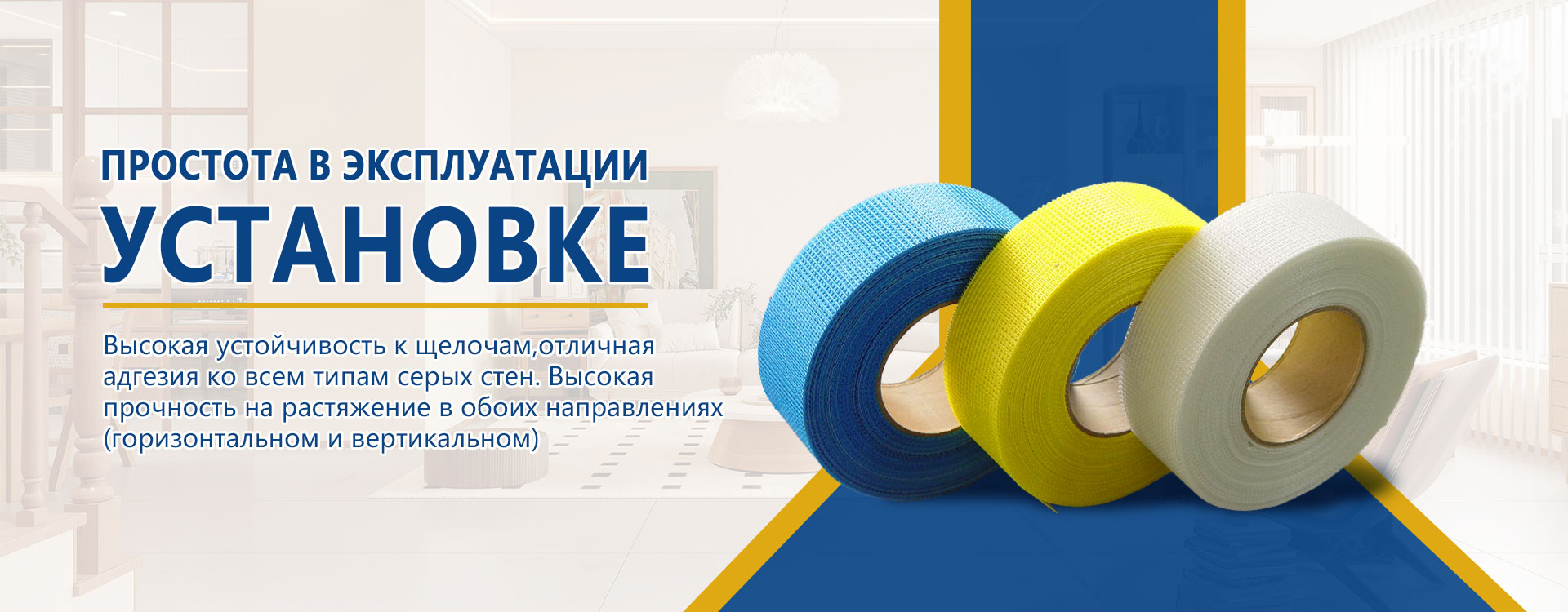
Best Sellingproducts
Best Selling Products-
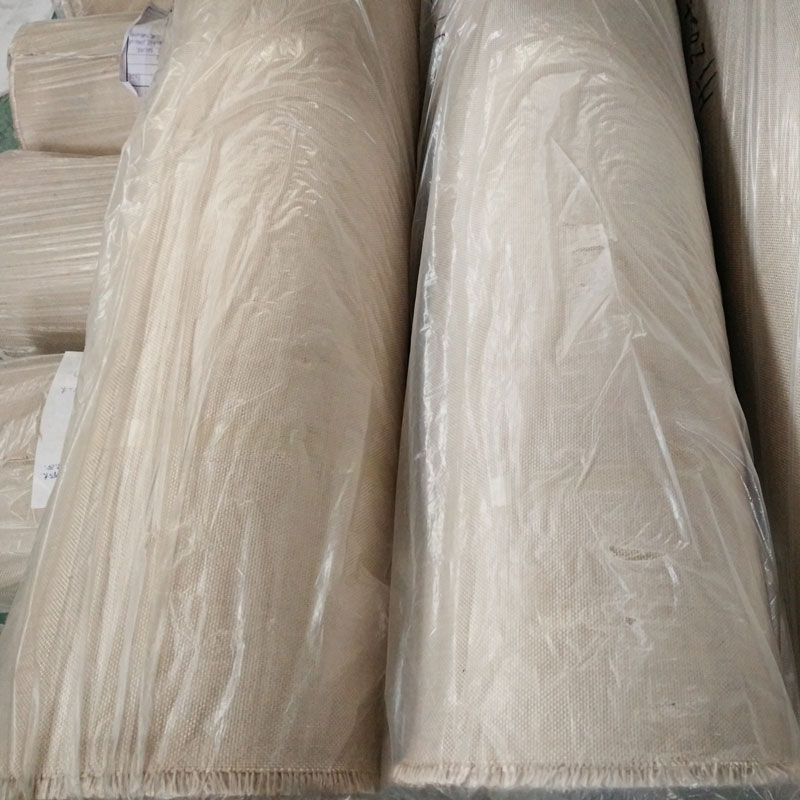 Fiberglass fabric
Fiberglass fabric -
 Fiberglass Mesh Fabric for Reinforcement of Stone and Mosaic Substrate
Fiberglass Mesh Fabric for Reinforcement of Stone and Mosaic Substrate -
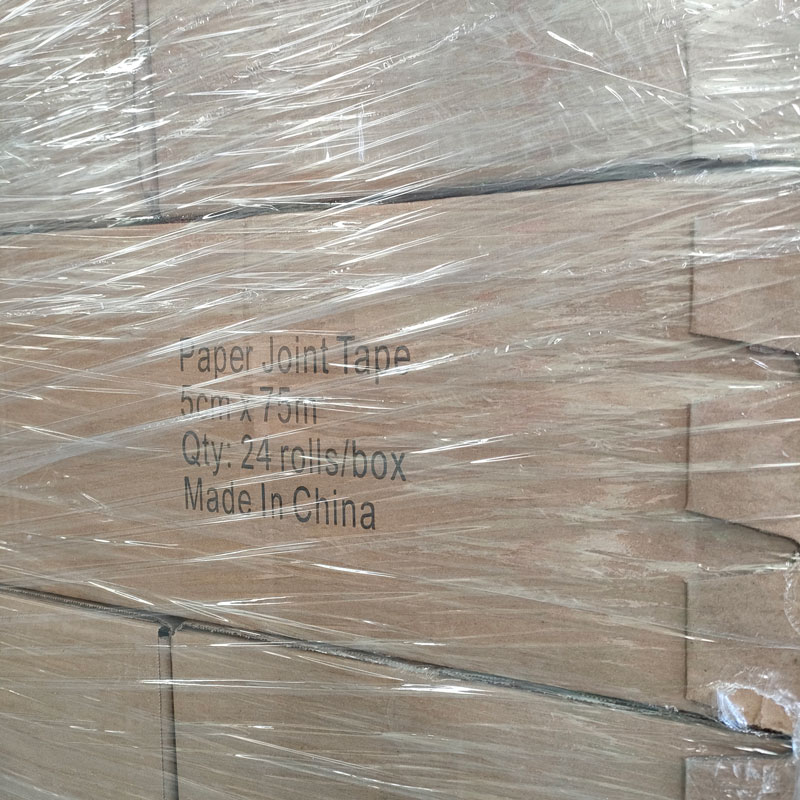 Paper connecting tape
Paper connecting tape -
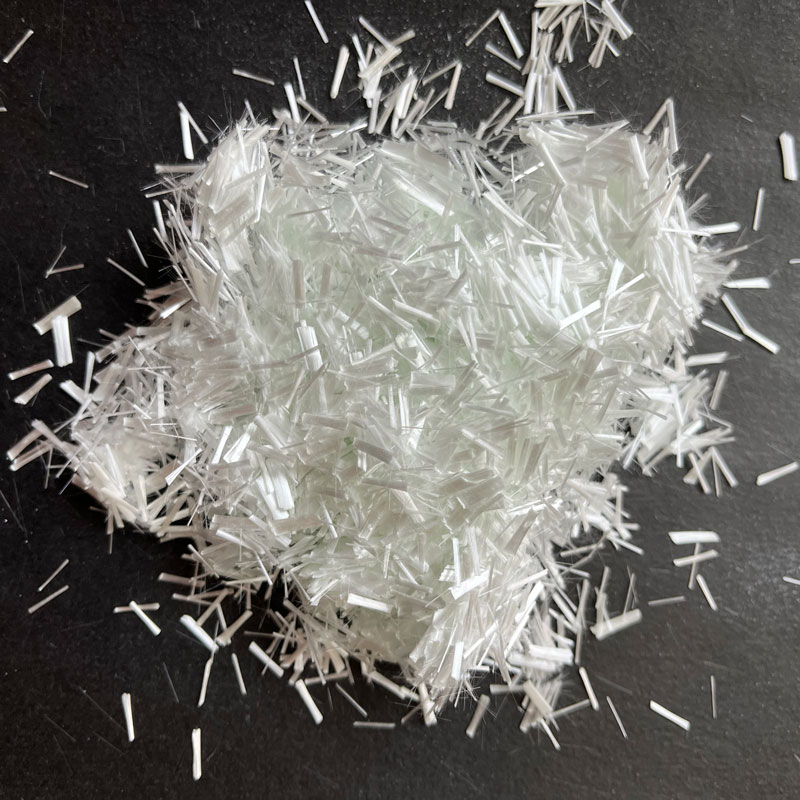 AR fiberglass cut thread
AR fiberglass cut thread -
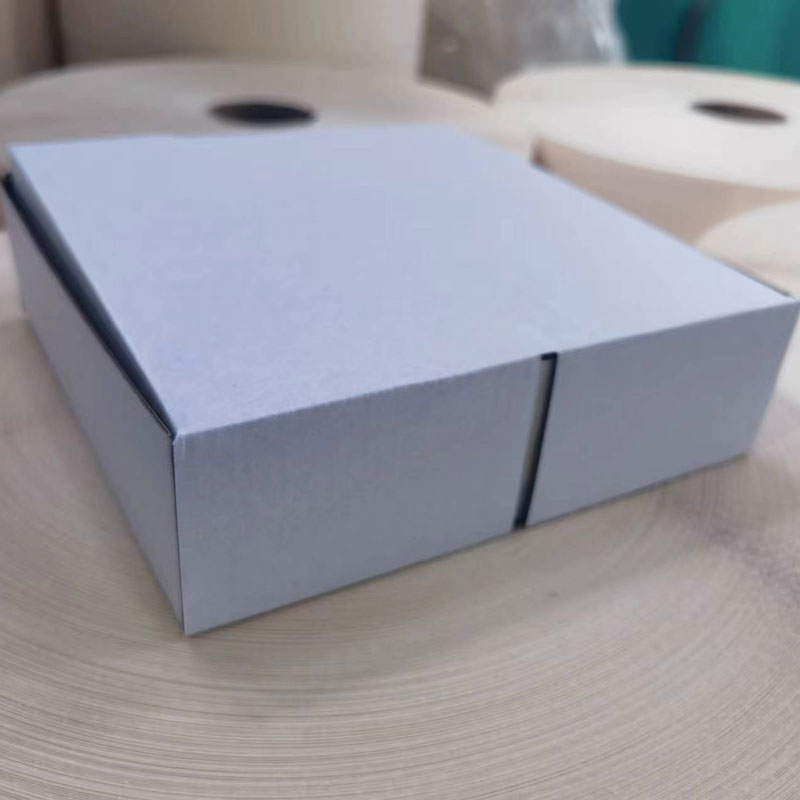 Metal Corner Tape
Metal Corner Tape -
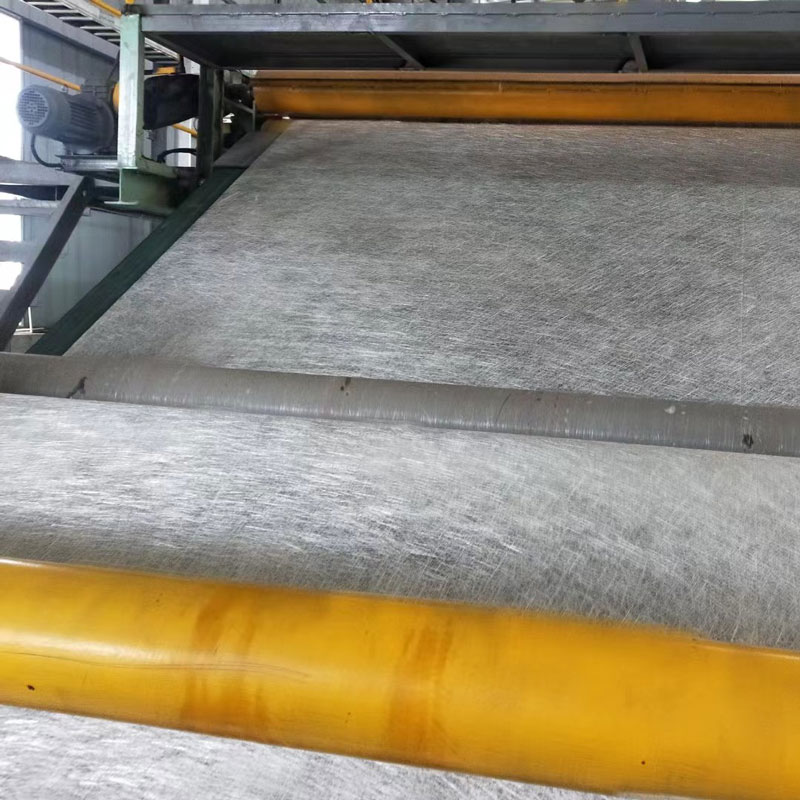 Chopped fiberglass felt
Chopped fiberglass felt -
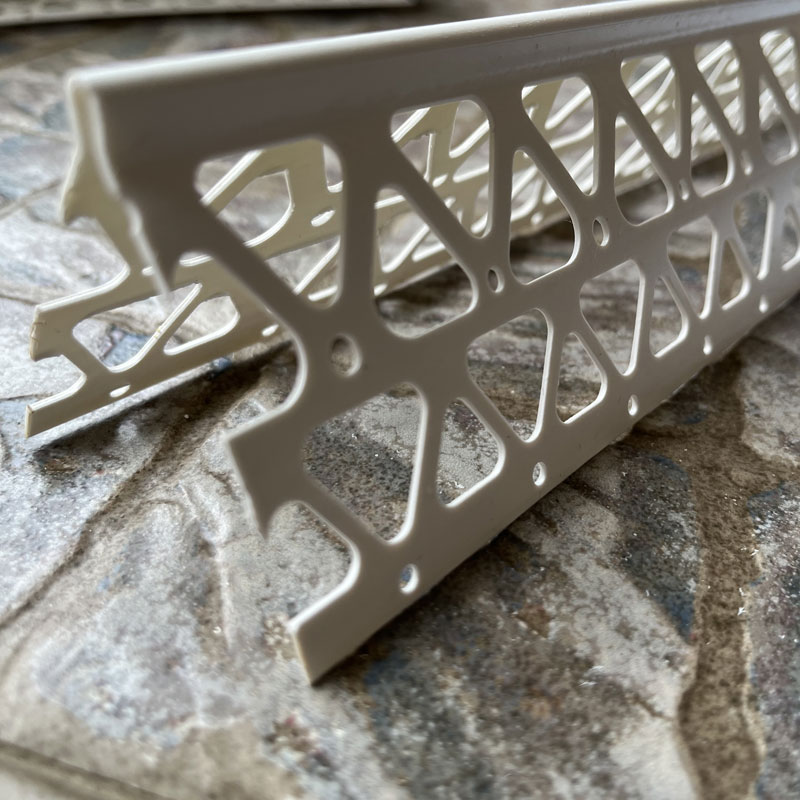 PVC corner edge
PVC corner edge -
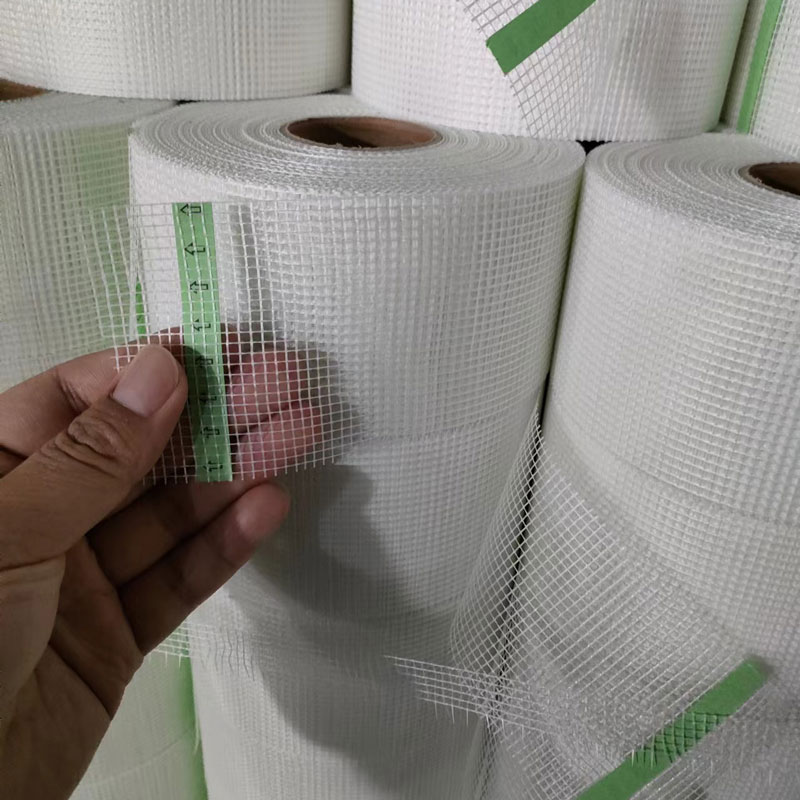 Fiberglass mesh tape
Fiberglass mesh tape -
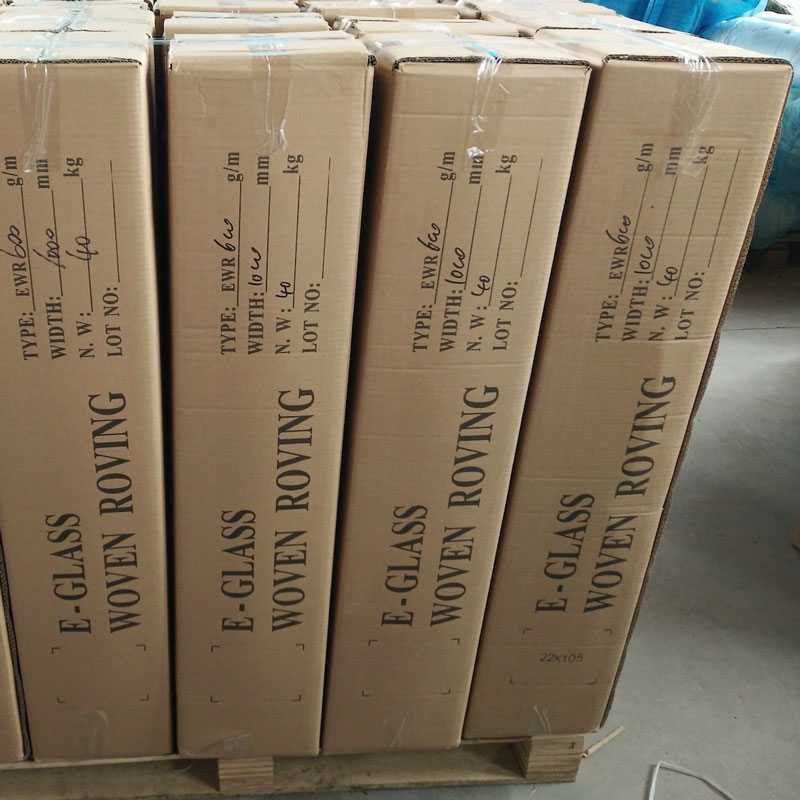 Fiberglass woven roving
Fiberglass woven roving -
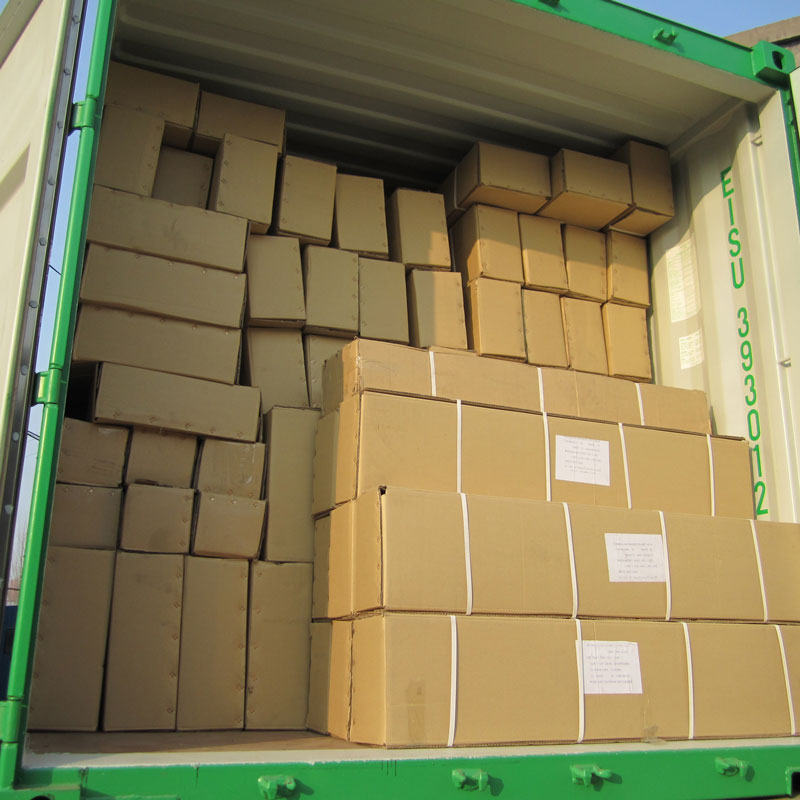 Fiberglass Window Screen
Fiberglass Window Screen -
 Fiberglass mesh fabric for wall insulation and reinforcement.
Fiberglass mesh fabric for wall insulation and reinforcement. -
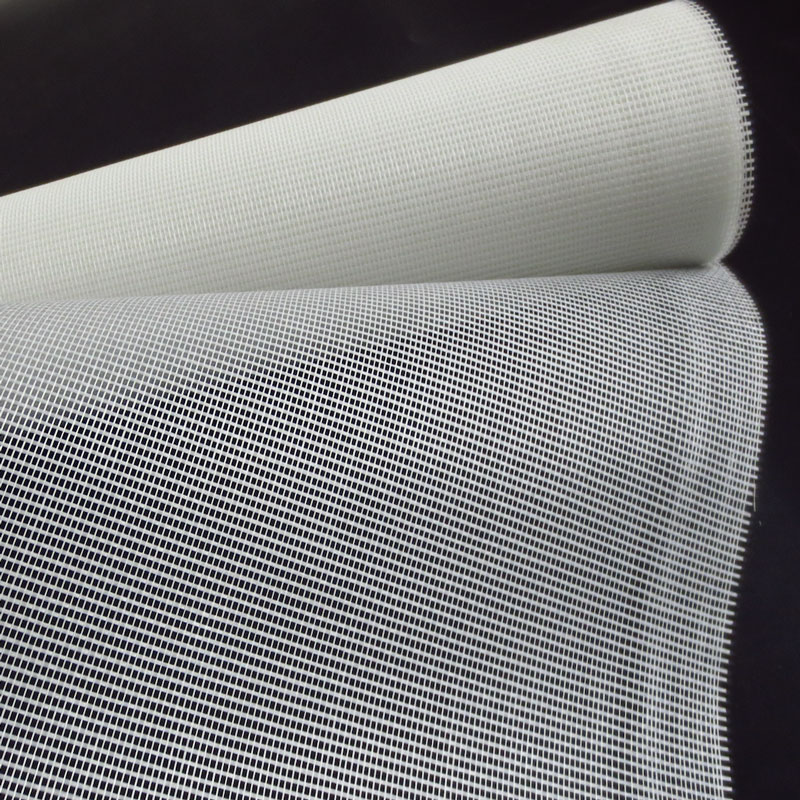 Fiberglass mesh for roof waterproofing
Fiberglass mesh for roof waterproofing
Connectedsearch
Related Search- China 10x10 Galvanized Plaster Mesh Suppliers
- Cheap 5x5mm fiberglass mesh dyeable mesh manufacturers
- Wholesale fiberglass curtain wall mesh fabric 5 5mm manufacturers
- Cheap Exterior Fiberglass Mesh Fabric (GOST) Factory
- Cheap suppliers fiberglass curtain wall mesh fabric 160g m2
- Alkali Resistant Fiberglass Mesh Fabric Factories in China
- China Fiberglass Mesh Certificate Factories
- plastering fiberglass mesh for interior work
- Cheap Factory Fiberglass Mesh Fabric for Steel Reinforcement
- Cheap Fiberglass Masonry Mesh Manufacturers
